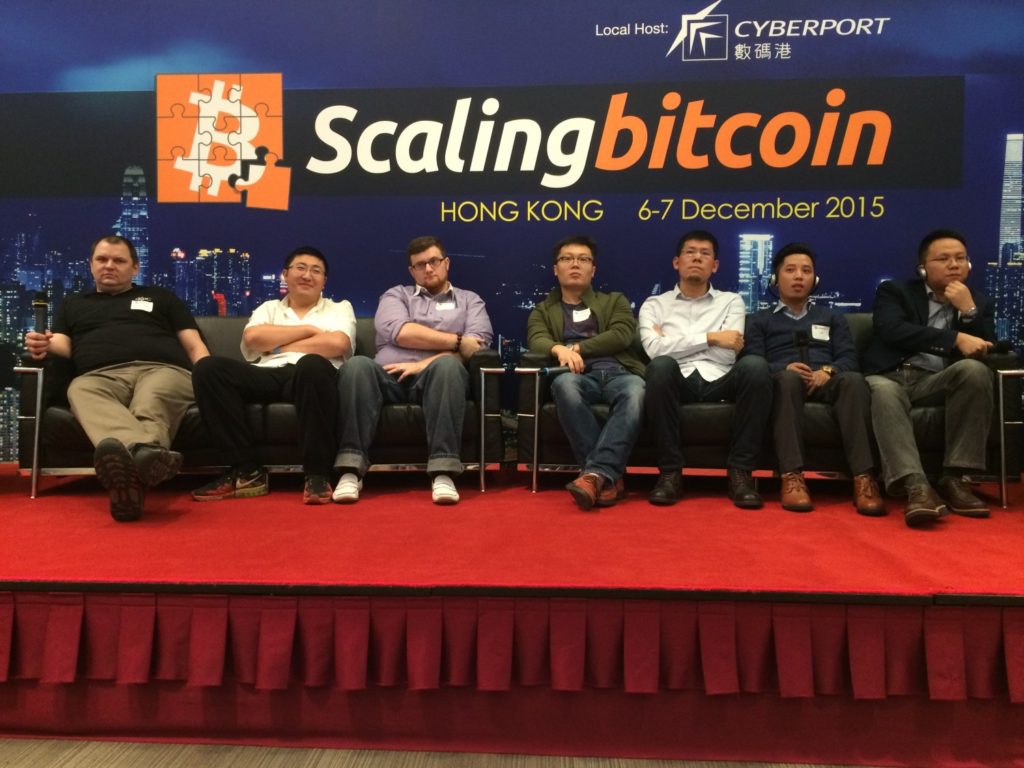
 Back in the days when blockchain mining started, anyone could mine with their regular home computer. Unfortunately this was as decentralised as it got. Mining remember, is the process of confirming transactions and creating a block on the blockchain. It is a fundamental component of the blockchain technology. No mining, no blockchain.
Back in the days when blockchain mining started, anyone could mine with their regular home computer. Unfortunately this was as decentralised as it got. Mining remember, is the process of confirming transactions and creating a block on the blockchain. It is a fundamental component of the blockchain technology. No mining, no blockchain.
As the story goes, mining technology has evolved at an incredible speeds. From using home computers, known as CPU mining, to using dedicated gaming graphics card, (GPU mining), to using programming chips (FPGA’s) and now Application Specific Integrated Chips, ASIC’s. ASIC’s have evolved from 55 nanometer silicon wafers to 28 nm and now, to the release of 14nm chips. The lower the number, the more chips on the silicon, the more processing power to be had.
To understand who is mining to secure the blockchain, let’s go to the top of the food chain. The chip foundries. These are the guys that actually make the chips and there are only a handful of foundries around the world such as Global Foundries (GF), Taiwan Semiconductor Manufacturing Company (TSMC) and Semiconductor Manufacturing International Corporation (SMIC).

An enormous amount of investment is required to fabricate mining chips To get in the game, millions of dollars are required. Companies such as Innosilicon, Alchemy, BW.com typically design the chips and look for, say 5 partners to invest a cool $1-$1.5M each to get things started. In return, the partners get the first bite of the cherry. Other companies that used to make chips include Avalon, Bitfury, Bitmain, Spondoolies and KNC. Some have folded, some are still around.
The partners then design miners and either sell it to the average consumers or send them to their huge mining farms in the middle of nowhere where electricity is cheap to start mining and earning money.
Some chips might be sent to smaller players but the majority are to the big guys. In the end, mining is controlled by a handful of large mining companies, mostly in China and not the millions of average users as was intended.
At the scaling bitcoin conference in Hong Kong last year, the world caught a glimpse for the first time of the major bitcoin miners all on stage together at the same time. A picture is worth a thousand words as they say.

Note that KNC miner has delared bankruptcy in May 2016 and Sam Cole (the guy on the far left of the pic) was the CEO.
Imagine having a peer to peer network where you only have a handful of peers.
“…. over 70 percent of the transactions on the Bitcoin network were going through just four Chinese companies, known as Bitcoin mining pools — and most flowed through just two of those companies.” – Nathanial Popper
Source: http://www.nytimes.com/2016/07/03/business/dealbook/bitcoin-china.html
Why not make chips for regular consumers? SFARD tried to do that, but when they did, they found it far more profitable to work with a few of the big players instead of the hundreds of small players.
“We are sorry we didn’t update the information for a long time.
Due to the uncertainty of crypto currency industry, to lower down the risk, we adjusted our strategy. We suspended our retail market, and focus on our VIP customers and the data center setup by ourselves. Because retail market need a bigger team to provide marketing, sales, customer service and technical support etc. It means the higher operating costs.”
Source: https://bitcointalk.org/index.php?topic=985400.msg12867209#msg12867209
Conclusion
In the end, only a handful of large mining companies are helping to secure the blockchain based in China. Will this change in the near future? It doesn’t look like it. It is certainly a risk but due to various factors such as cost of electricity and labour cost it looks like nothing drastic will change in the foreseeable future.

